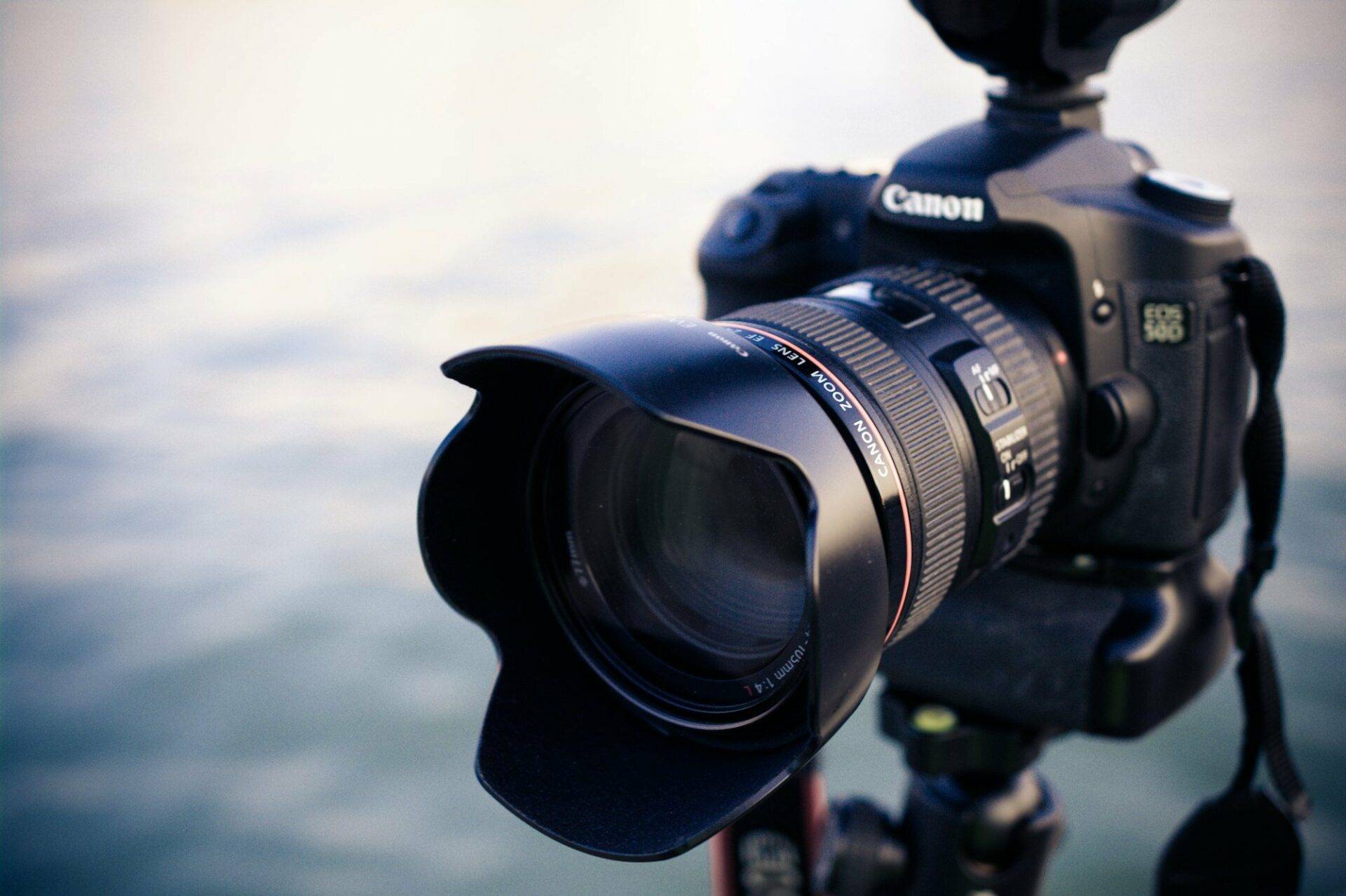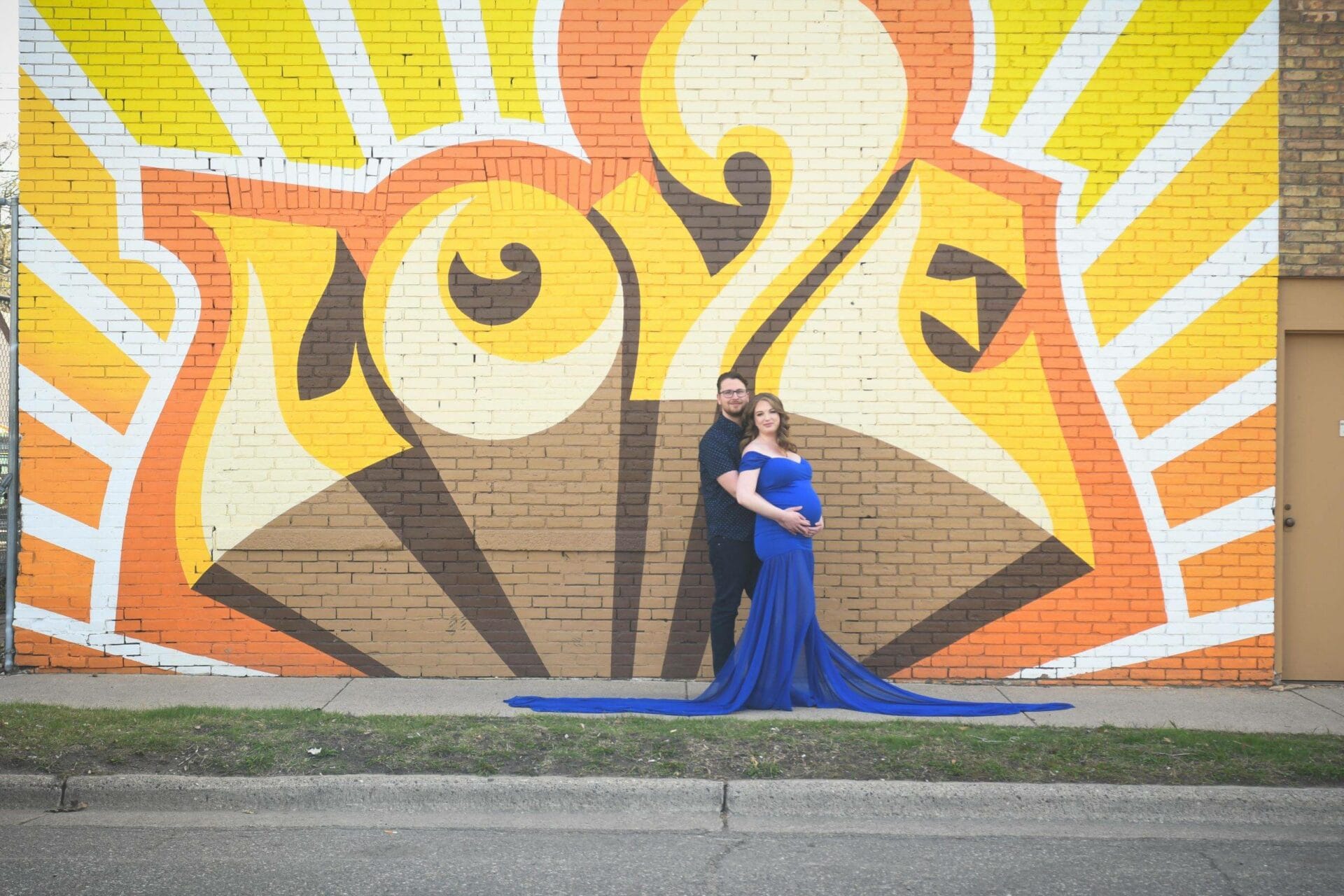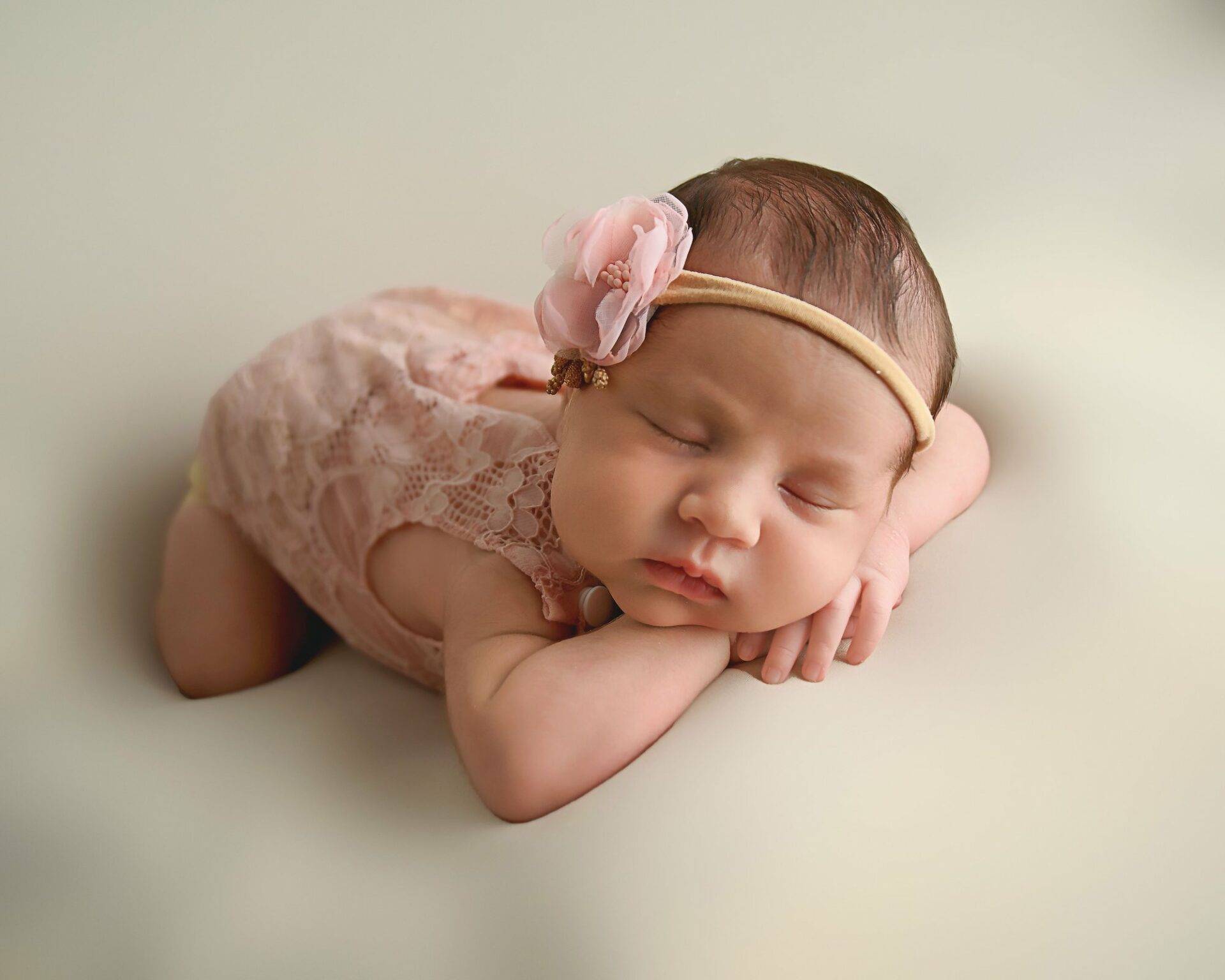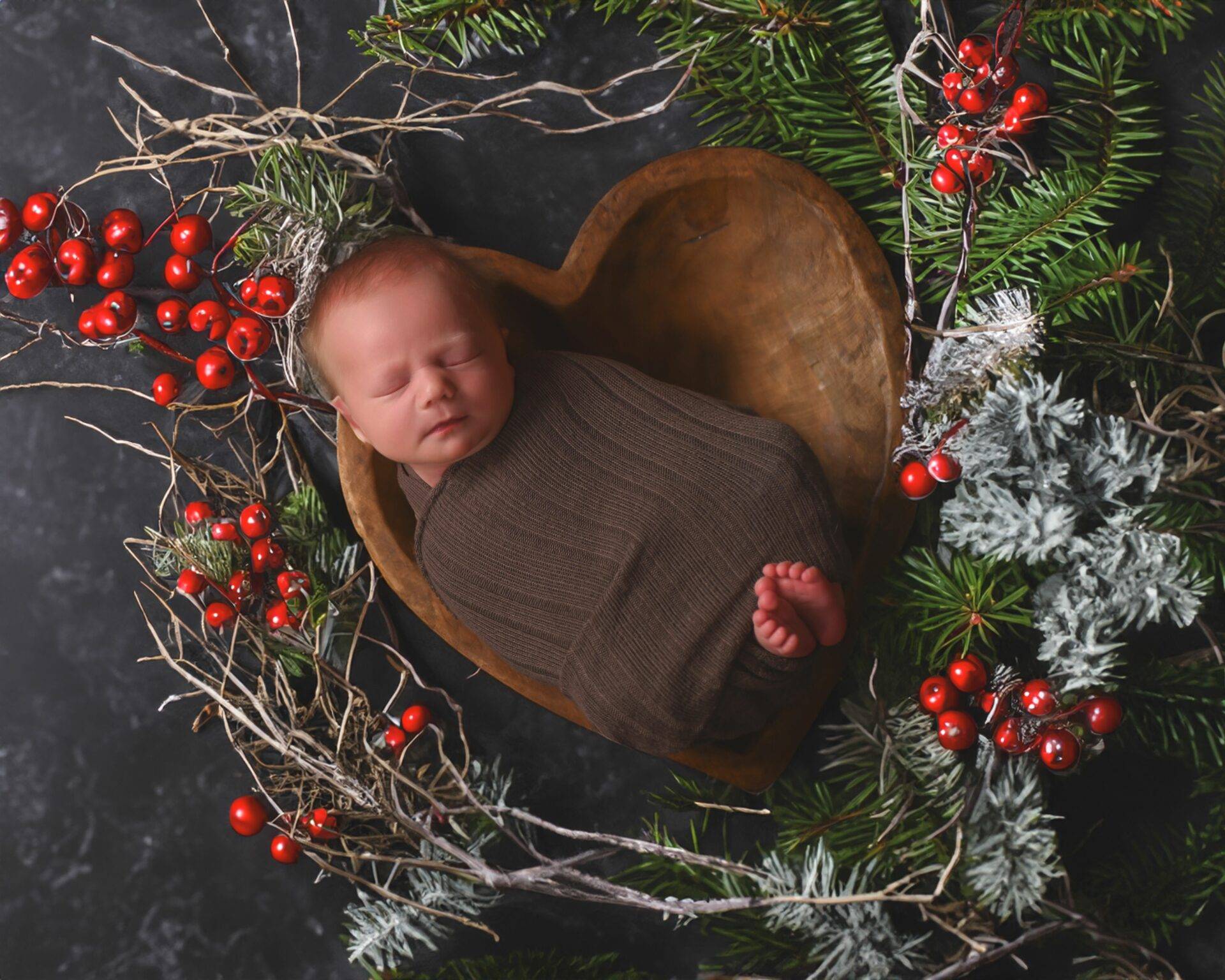Welcome to the essential guide for every new photographer looking to prepare effectively before a photo shoot. Thorough preparation is not just a preliminary step; it's a fundamental part of ensuring that your photography session is successful and stress-free. In this guide, we will cover the critical elements of pre-shoot preparation: gear checks, weather considerations, and conceptual planning. These components are vital for turning your creative vision into reality. By streamlining these preparation steps, we aim to free your mind from logistical concerns, allowing you to focus more on creativity and capturing stunning images. Whether you’re just starting out or looking to polish your preparation process, this guide is designed to set you up for a successful shoot.

Checking Your Gear
As a photographer, one of the most crucial aspects of preparing for a successful shoot is ensuring that your gear is in top-notch condition. Let's dive into the essential steps to check your gear before heading out to capture those perfect shots.
1. Ensure camera and lenses are in good condition.
Before any photo shoot, I always make it a point to carefully inspect my camera and lenses. I check for any signs of wear and tear, ensure all the settings are working correctly, and clean the lenses to avoid any smudges that might affect the image quality.
2. Check memory card space and pack extra batteries.
Running out of memory card space or having your batteries die midway through a shoot can be a photographer's worst nightmare. To avoid these issues, I always double-check my memory card status and pack spare batteries to ensure I never miss a perfect shot.
3. Carry a lens cleaning kit to avoid dust spots.
Dust spots on your lens can ruin an otherwise beautiful photograph. That's why I always carry a lens cleaning kit with me. A quick wipe before shooting can make a significant difference in the clarity and sharpness of the final image.
4. Select the right lenses for the shoot.
Choosing the appropriate lens for a particular shoot is paramount to achieving the desired outcome. Different lenses have varying focal lengths and apertures that can affect the look and feel of your photos. I always plan ahead and select the lenses that best suit the style and requirements of the shoot.
5. Pack and check flash units if needed.
When shooting in low light conditions or when additional light is required, having a reliable flash unit is crucial. I make sure to pack and test my flash units before the shoot to avoid any last-minute technical difficulties that could impact the quality of my images.
By following these gear checklist items diligently, I can approach each photography session with confidence, knowing that I have taken the necessary steps to set myself up for success.

Lighting Equipment
As a photographer, I understand the crucial role that lighting equipment plays in creating stunning photographs. In this section, I will delve into the importance of using reflectors and diffusers, considering portable lighting solutions for remote locations, packing and checking flash units for different conditions, and exploring the various options available for portable lighting solutions.
Use of Reflectors and Diffusers
Reflectors and diffusers are essential tools for manipulating and enhancing light in photography. Reflectors help bounce and redirect light onto the subject, filling in shadows and creating a more balanced and flattering light. Conversely, diffusers soften harsh light, reducing glare and creating a more natural and pleasing effect.
- Reflectors: I always carry a reflector in my kit to enhance natural light during outdoor shoots. By positioning the reflector opposite the light source, I can achieve a more even and flattering illumination on the subject.
- Diffusers: When dealing with harsh sunlight or artificial lighting, using a diffuser can help create a softer, more diffused light that results in smoother skin tones and reduced contrast in the image.
Portable Lighting Solutions for Remote Locations
Photography often takes us to remote locations where access to power sources may be limited. In such scenarios, portable lighting solutions become invaluable for achieving the desired lighting effects.
- Battery-Powered LED Lights: These lightweight and compact lights are perfect for on-the-go shoots, providing a reliable light source without the need for external power.
- Portable Light Stands: Investing in collapsible light stands that are easy to transport can help you set up your lighting equipment efficiently in any location.
Packing and Checking Flash Units
Flash units are versatile tools that can be used to add fill light, freeze motion, or create dramatic lighting effects. It is essential to pack and check your flash units before a shoot to ensure they are in proper working condition.
- Check Batteries: Always carry spare batteries for your flash units to avoid any interruptions during the shoot.
- Adjust Settings: Familiarize yourself with the settings on your flash units and be prepared to adjust them according to the lighting conditions of the shoot.
Understanding How and When to Use Reflectors and Diffusers
Knowing when and how to use reflectors and diffusers effectively can elevate the quality of your photographs and help you achieve the desired lighting effects.
Pro Tip: Experiment with different angles and positions of reflectors and diffusers to understand how they influence the lighting in your images.
Exploring Options for Portable Lighting Solutions
There is a wide range of portable lighting solutions available in the market, catering to various photography needs and styles. Whether you are shooting portraits, landscapes, or still life, having the right lighting equipment can make a significant difference in the outcome of your images.
By incorporating reflectors, diffusers, portable lights, and flash units into your photography gear, you can expand your creative possibilities and capture stunning images in any setting.

Weather Considerations
When it comes to photography, one of the crucial elements that can make or break a shoot is the weather. As a photographer, I always emphasize the importance of considering the weather conditions before heading out for a shoot. In this section, I will discuss the key points to keep in mind when dealing with weather considerations.
Checking the Weather Forecast Ahead of Time
One of the first things I do when preparing for a photography session is to check the weather forecast. This step might seem trivial, but it can save you from unexpected surprises during the shoot. By using reliable sources to get accurate weather predictions, I can plan my shoot accordingly.
Adapting Shoot Plan According to Weather Conditions
Weather can be unpredictable, so it's essential to be flexible with your shoot plan. Whether it's sudden rain or harsh sunlight, adapting to the weather conditions is key to capturing great shots. I always have a backup plan in case of adverse weather, such as using rain covers for my equipment or opting for indoor shooting alternatives.
Understanding Best Times for Natural Light
Natural light plays a significant role in photography, and as a photographer, I make sure to utilize the best times for capturing images. The golden hour and blue hour are periods known for their soft, warm light, which can enhance the overall quality of your photos. Understanding these optimal times for natural light can elevate your photography skills.
Using Rain Covers or Choosing Indoor Alternatives
Photographing in the rain can lead to stunning, moody shots, but it's essential to protect your gear. Investing in rain covers for your camera and lenses can prevent water damage and allow you to continue shooting even in wet conditions. Alternatively, if outdoor shooting is not feasible, considering indoor locations with ample lighting can be a great alternative.
Planning According to Golden Hour and Blue Hour
The golden hour, occurring during sunrise and sunset, provides a soft, warm glow that enhances the mood of your photos. On the other hand, the blue hour, happening just before sunrise and after sunset, offers a different ambiance with a blue hue. Planning your shoots around these magical hours can result in captivating images with beautiful natural lighting.
Considering weather conditions and leveraging natural light are essential aspects of successful photography. By being prepared and adaptable, I can maximize the potential of every shoot and capture stunning images that resonate with viewers.

Wardrobe and Props
When it comes to photography, the wardrobe and props used can greatly impact the overall look and feel of the images. To ensure a successful photoshoot, it is crucial to pay attention to these details. In this section, I will discuss the importance of communicating clearly with subjects about wardrobe choices, selecting props that enhance the theme, having back-up options, ensuring props do not overwhelm the subject, and preparing for changes in weather.
Communicate Clearly with Subjects about Wardrobe
One of the first steps in preparing for a photoshoot is to communicate clearly with your subjects about wardrobe choices. As a photographer, I've learned that discussing the desired look and feel beforehand can make a significant difference in the outcome of the images. It is important to understand the style or theme of the shoot and provide guidance on suitable clothing options that will complement the overall vision.
Choose Props that Enhance the Theme
Props can add depth and interest to a photo, enhancing the overall theme of the shoot. When selecting props, I always consider how they will contribute to the desired aesthetic without overshadowing the subject. Whether it's a simple accessory or a larger decorative item, each prop should be thoughtfully chosen to harmonize with the composition and narrative of the image.
Have Back-Up Wardrobe or Props
Despite careful planning, unforeseen circumstances can arise during a photoshoot. That's why I always make sure to have back-up wardrobe options and props on hand. Having a spare outfit or alternative props can save time and prevent delays in case of wardrobe malfunctions, last-minute changes, or unexpected weather conditions.
Ensure Props Do Not Overwhelm the Subject
While props can enhance the visual storytelling of a photo, it is essential to strike a balance so that they do not overshadow the subject. The goal is to complement the subject and the overall composition, not distract or overwhelm. As a photographer, I aim to use props strategically to guide the viewer's focus and create a cohesive narrative within the frame.
Prepare for Changes in Weather
Weather can be unpredictable, especially when shooting outdoors. As part of my preparation process, I always check the weather forecast and plan accordingly. It is essential to anticipate potential weather changes and be ready to adjust wardrobe choices and props to accommodate varying conditions. Carrying weather-resistant items, such as umbrellas or jackets, can help mitigate any challenges posed by inclement weather.
Location Scouting
In photography, scouting locations before a shoot is crucial for ensuring successful and efficient photography sessions. As a photographer, I understand the importance of visiting shooting locations beforehand to optimize the creative process and minimize potential challenges.
Benefits of Visiting the Location Beforehand
One of the key benefits of visiting a location ahead of time is the opportunity to familiarize yourself with the surroundings. By physically being at the shooting location, I can assess the lighting conditions, potential backdrops, and overall ambiance. This firsthand experience allows me to envision shot compositions and plan for creative opportunities that the location offers.
Securing Necessary Permissions for Shooting Locations
Prior to the shoot, it's essential to secure any required permissions for the chosen locations. Whether it's a public park, private property, or indoor venue, obtaining the necessary permits ensures a smooth and legal photography session. As a photographer, I always make sure to communicate with property owners or relevant authorities to obtain the required permissions to shoot at specific locations.
Understanding Access Limitations of Shooting Locations
Being aware of any access limitations at shooting locations is critical for efficient planning. Whether it's restricted areas, limited hours of operation, or specific rules to follow, understanding these limitations helps me prepare for any logistical challenges. By knowing the ins and outs of a location, I can adjust my shooting schedule and equipment requirements accordingly.
Keeping Safety in Mind When Choosing Locations
Safety should always be a top priority when selecting shooting locations. As a photographer, I consider factors such as terrain conditions, potential hazards, and accessibility for both myself and any subjects involved in the shoot. Prioritizing safety not only protects everyone involved but also contributes to a stress-free and productive photography experience.
Planning Shots Based on Location Visits
After exploring and evaluating a location, I strategically plan my shots to make the most of the setting. By visualizing different angles, compositions, and lighting scenarios during the visit, I can create a shot list or storyboard to guide the actual shoot. This proactive approach helps me maximize the creative potential of the location and streamline the photography process on the day of the session.
Conceptual Planning
When preparing for a photoshoot, conceptual planning is a crucial step in ensuring that the session runs smoothly and the desired outcome is achieved. As a photographer, I have learned the significance of defining a clear concept or theme for the shoot, creating a structured storyboard or shot list, being adaptable to changing conditions, organizing the session effectively, and allowing room for creative spontaneity.
- Define the concept or theme of the shoot: Before stepping into a photoshoot, it is essential to have a clear idea of the concept or theme you want to capture. This sets the tone for the entire session and guides your creative decisions. Whether it's a portrait session, a fashion shoot, or a product photography session, defining the concept helps maintain a sense of direction.
- Create a basic storyboard or shot list: Having a structured storyboard or shot list can significantly aid in organizing your thoughts and visualizing the shots you want to capture. It serves as a roadmap for the session, ensuring that you cover all necessary elements without missing any important details. This systematic approach enhances efficiency and productivity during the shoot.
- Be prepared to adapt the plan based on conditions: Despite meticulous planning, unexpected variables such as weather changes or unforeseen circumstances can impact the original plan. Being open to adaptability is key to overcoming challenges and still achieving desired results. Flexibility allows for creative problem-solving and enables you to make the most out of any situation.
- Organize the session for focused results: A well-organized photoshoot leads to focused and effective outcomes. By structuring the session timeline, setting up equipment in advance, and coordinating with any additional personnel or assistants, you can ensure a smooth flow of work and maximize productivity. Organization minimizes distractions and keeps the focus on capturing compelling images.
- Allow for spontaneity in the shoot: While planning is essential, leaving room for spontaneity can result in unexpected magic. Some of the most memorable and creative shots often stem from unscripted moments that unfold naturally during the shoot. Embracing spontaneity adds a sense of authenticity and liveliness to your work, elevating the overall quality of the images captured.
By incorporating these key elements of conceptual planning into your photoshoot preparation, you set yourself up for success and ensure a more seamless and enjoyable experience for both yourself and your subjects. Remember, a well-thought-out plan not only enhances the quality of your work but also allows you to focus on your creativity and artistry, bringing your photographic vision to life.
Legal and Administrative
When delving into the world of photography, one aspect that cannot be overlooked is the legal and administrative side of things. Ensuring that you are compliant with legal requirements and have your administrative tasks in order is crucial for a smooth and professional photography experience.
- Understand the importance of model releases: Model releases are essential, especially when you plan to use the images for commercial purposes. These releases protect both you as the photographer and the model by outlining the permissible uses of the images.
- Insure your gear against damage or theft: Your photography gear is your livelihood, and it is important to safeguard it against unforeseen circumstances. Getting insurance coverage for your equipment can provide you with peace of mind and ensure that you can continue your work even in the face of adversity.
- Keep a list of emergency contacts: In any profession, safety should always be a top priority. Having a list of emergency contacts readily available can be a lifesaver in critical situations. Make sure to include contacts for medical emergencies as well as any other potential issues that may arise during a shoot.
- Inform someone of your shooting location: While photography often takes us to exciting and sometimes remote locations, it is important to let someone know where you will be. This simple step can ensure that help can reach you in case of emergencies or unexpected situations.
- Ensure professionalism and legal compliance: Being professional in your conduct and ensuring legal compliance not only protects you but also enhances your reputation as a photographer. By staying informed about the laws and regulations that pertain to your work, you can build trust with your clients and peers.
By taking these steps to address the legal and administrative aspects of photography, you set yourself up for success in the field. Remember, being proactive and mindful of these considerations not only enhances your professional image but also contributes to a safe and ethical work environment.
Conclusion
As I wrap up this comprehensive guide on preparation for a successful photography shoot, it's crucial to recap the importance of each checklist item we've discussed and how they all contribute to achieving a stress-free experience behind the lens.
By meticulously checking and preparing our gear, be it our camera, lenses, memory cards, or batteries, we set ourselves up for success from the very beginning. Having the right tools in optimal condition allows us to focus on our creative vision without any technical hindrances.
Considering lighting equipment, weather conditions, wardrobe, props, location scouting, conceptual planning, and legal/administrative aspects all play a pivotal role in ensuring a smooth and productive shoot. Each element adds a layer of professionalism and preparedness that reflects in the final outcome of our photographs.
Through this guide, it has become evident that good preparation is not just about avoiding last-minute chaos; it's about enabling better creativity and professionalism throughout the entire process. When we invest the time and effort in preparing thoroughly, we gift ourselves the freedom to explore our artistic boundaries and capture moments that truly resonate with our vision.
I strongly encourage all new photographers, regardless of their level of expertise, to make pre-shoot preparation a habitual part of their workflow. By doing so, we not only streamline our process but also elevate our work to new heights of excellence. The discipline of preparation breeds confidence and enhances our ability to adapt to unforeseen challenges, leading to better outcomes with every click of the shutter.
So, as you embark on your next photography adventure, remember that preparation is not just a checklist of tasks; it's a mindset that sets the stage for excellence. Embrace the process, embrace the journey, and watch how your creativity flourishes in the realm of well-prepared professionalism.
Ready to take your pre-shoot preparation to the next level? We invite you to integrate these checklist practices into your routine to significantly enhance your shooting efficiency and output. To continue growing in your craft, consider signing up for our newsletter. You’ll receive more valuable tips, resources, and regular updates that will help you stay ahead in the world of photography. Additionally, if you’re looking to deepen your understanding and refine your shooting techniques, why not book a consultation or join one of our upcoming workshops? Book your session or join our workshop today and elevate your photography skills to new heights. Don’t miss this opportunity to master your pre-shoot preparation and transform the way you capture the world!





